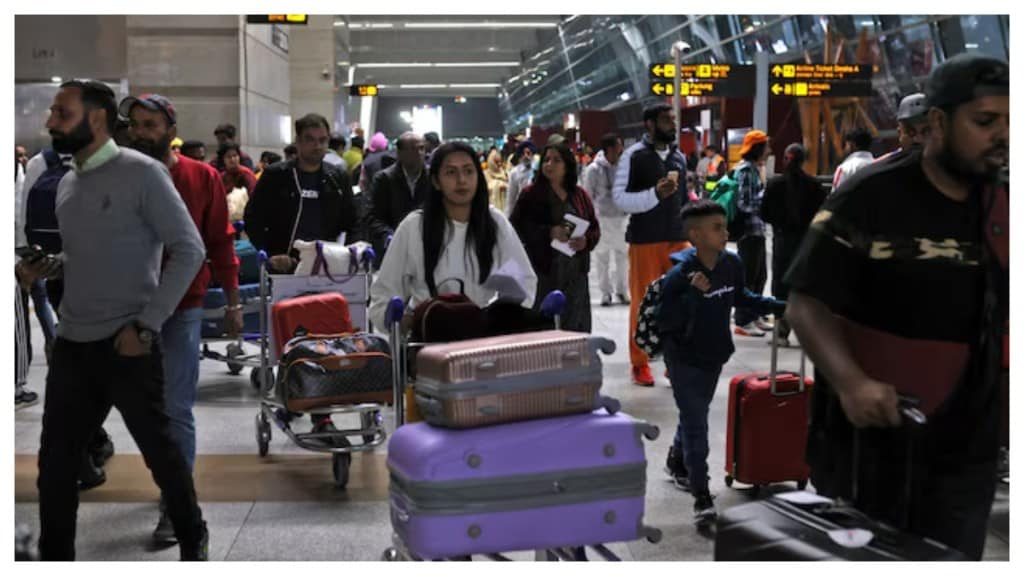Aviation services in India were severely affected on Friday due to the Microsoft outage. From multiple flight delays to cancellations, passengers were left waiting at the airport lounges. At Bengaluru airport, airlines such as Indigo, SpiceJet, Air India Express, and Akasa began manually checking in passengers and issuing handwritten boarding passes This happened because the worldwide Microsoft outage caused the Navitaire Departure Control System to stop temporarily shutdown.
Screens that display flight information at airports went blank or showed what’s famously known as the “Blue screen of death.” This unexpected problem caused chaos as essential airport and airline systems suddenly stopped working.
In the United States, airlines reported serious issues while communicating with the Federal Aviation Administration (FAA). To handle the situation, airlines requested a temporary halt to all flights. This meant that major airlines worldwide had to pause their operations for a short time until the problem could be fixed.
The root of the problem was traced back to a technical issue in software provided by CrowdStrike, a global cybersecurity firm. CrowdStrike acknowledged the problem and immediately began working to resolve it. Their software, used by Microsoft for its Windows devices, was affected, causing a ripple effect across various Microsoft services.
The impact wasn’t limited to just personal computers. It also affected Microsoft’s Azure platform, which provides cloud storage services, and the 365 services platform, which includes popular tools like Microsoft Office. Many airlines and airports rely on Microsoft Azure for their operations, explaining why some were affected while others were not.
For example, airports operated by the government-run Airports Authority of India remained unaffected. However, privately managed airports in Delhi, Hyderabad, Mumbai, and Bengaluru experienced significant disruptions, particularly Delhi, which is India’s largest airport.
The incident served as a stark reminder of the interconnected nature of modern technology. It highlighted the vulnerabilities that arise when critical systems rely on a single provider or platform. As services gradually returned to normalcy, affected airlines and airports focused on restoring operations and implementing safeguards to prevent similar incidents in the future.
The only thing that passengers could do, was to have ample patience and wait for further instructions and guidance from the airport staff.

